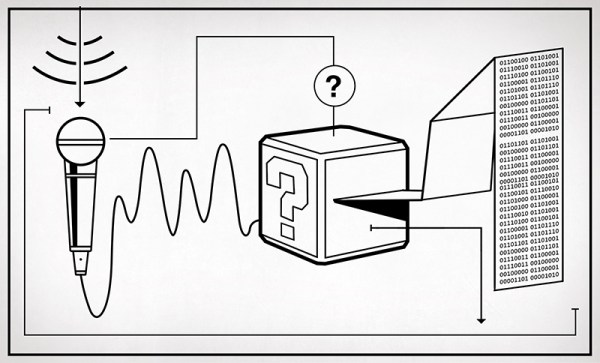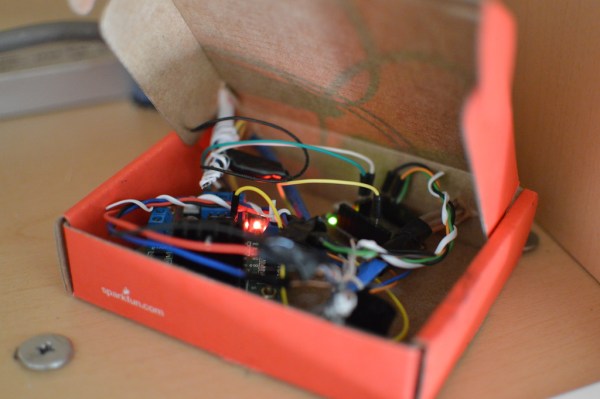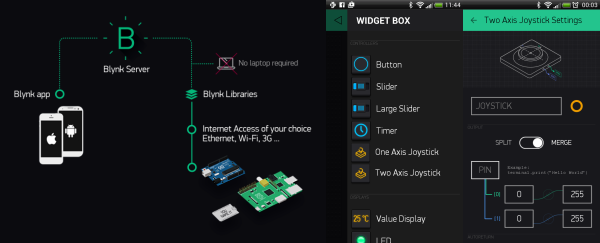Winter is hanging on like clinical depression, which means it’s that time again for the greatest 3D-printing festival on the planet Earth. It’s time for the Midwest RepRap Festival, next weekend, March 18-20th in Goshen, Indiana.
I can’t explain why, but for some reason the Midwest RepRap Festival is an oasis of building, doing, and hacking right in the middle of the county fairgrounds for Elkhart County, Indiana. It’s free for everyone to attend. The event isn’t choked with vendors, leaving the people who actually do stuff left to fight over a few picnic tables on the outskirts of the venue. It is, by far, the most community-centered event we go to every year.
If you’re wondering what you can expect at a 3D printer convention in the middle of nowhere, check out a few of the posts we’ve published from MRRF over the last few years. We’ve seen 3D printed waffles, resin casting with 3D printed molds, bizarre movement platforms, Bioprinting, and stuff from Lulzbot. That’s just the stuff that has deserved its own Hackaday post: we’ve seen the world’s largest 3D printed trash can, R2D2, battle droids (it’s even money if BB-8 is going to show up this year), a Printer made out of K’nex, and the most beautiful 3D printer we’ve ever seen. There was a T-shirt cannon powered by 300 psi shop air.
Every year I write a post announcing that we’ll be heading to MRRF next week, simultaneously praising the event as one of the greatest ‘maker’ and ‘DIY’ meetups, while pointing out the local WalMart parking lot has a place to park horse-drawn buggies. Both observations are true. For one weekend a year, Goshen, Indiana is the place everyone reading Hackaday should go to, and that is why we are once again proud to sponsor this glorious event.


















